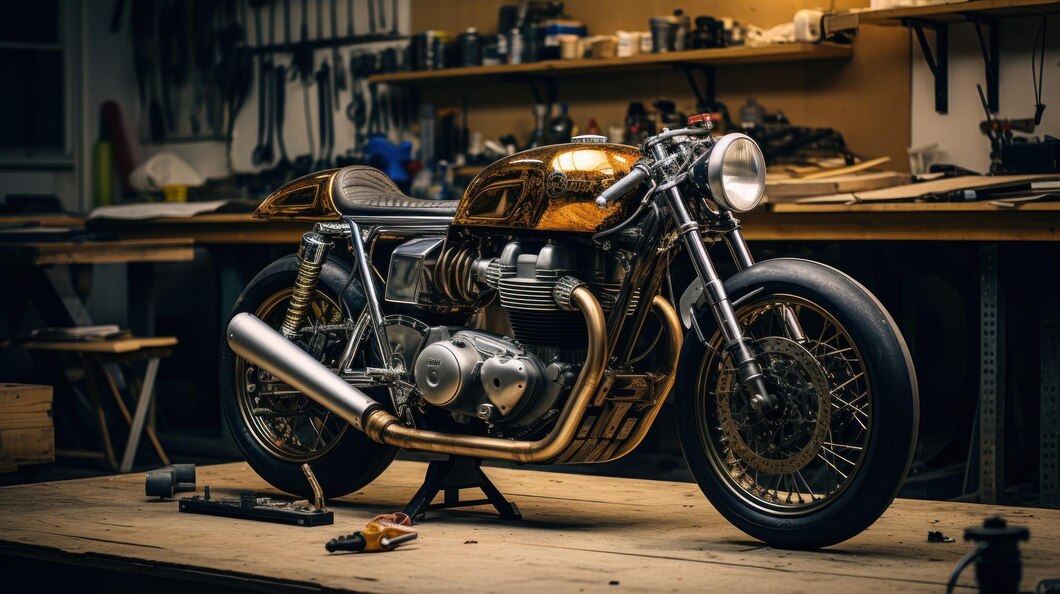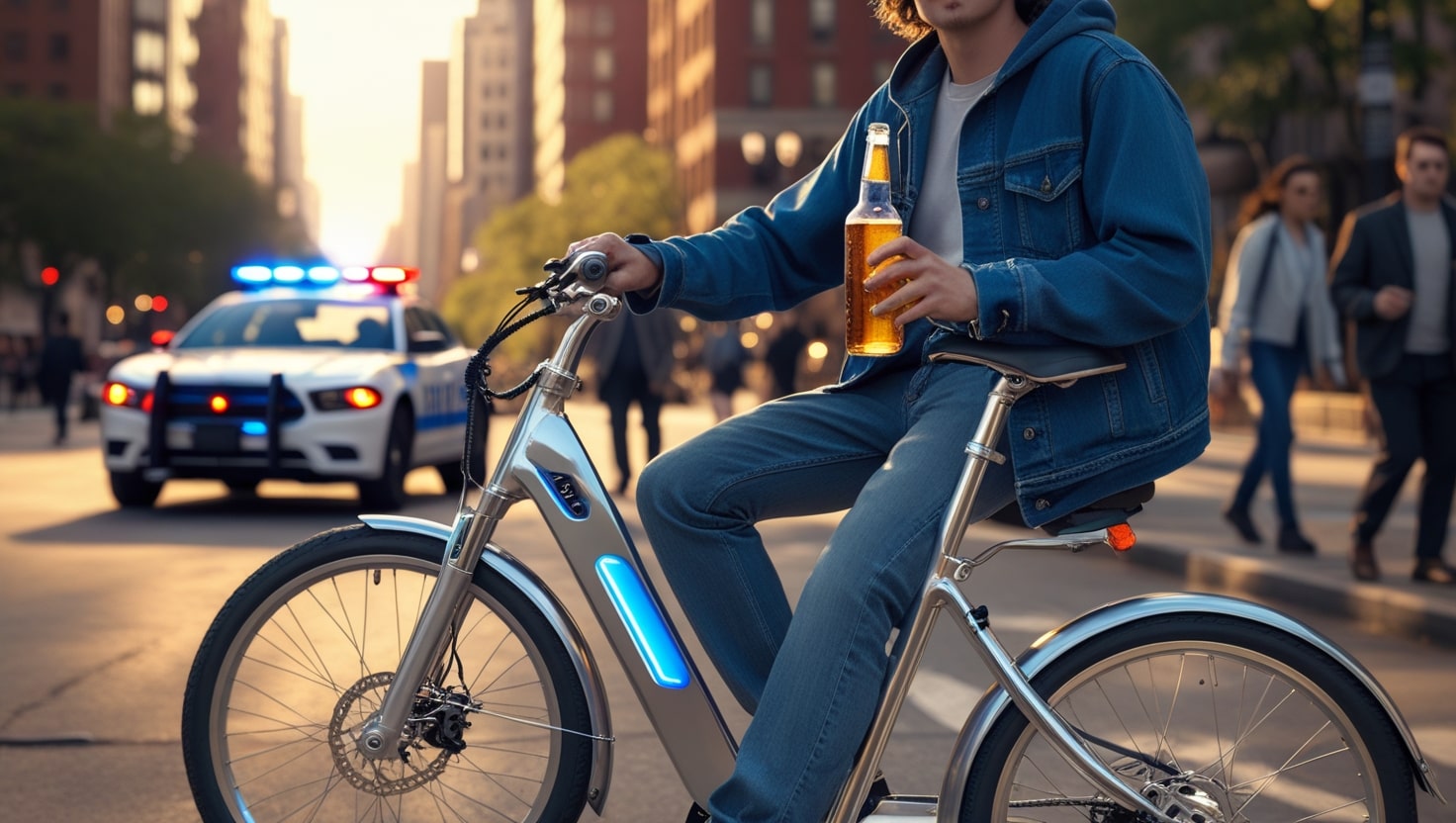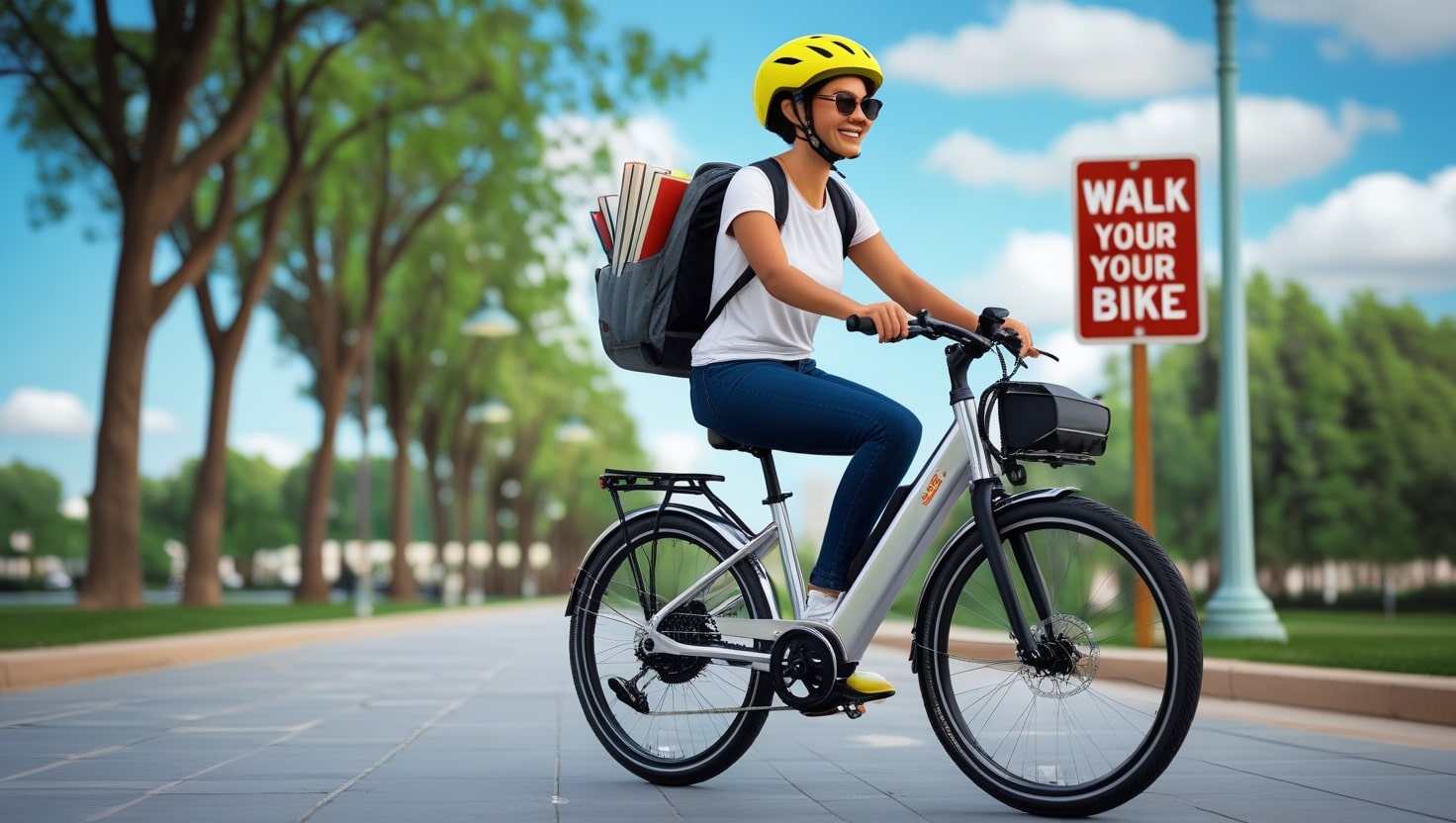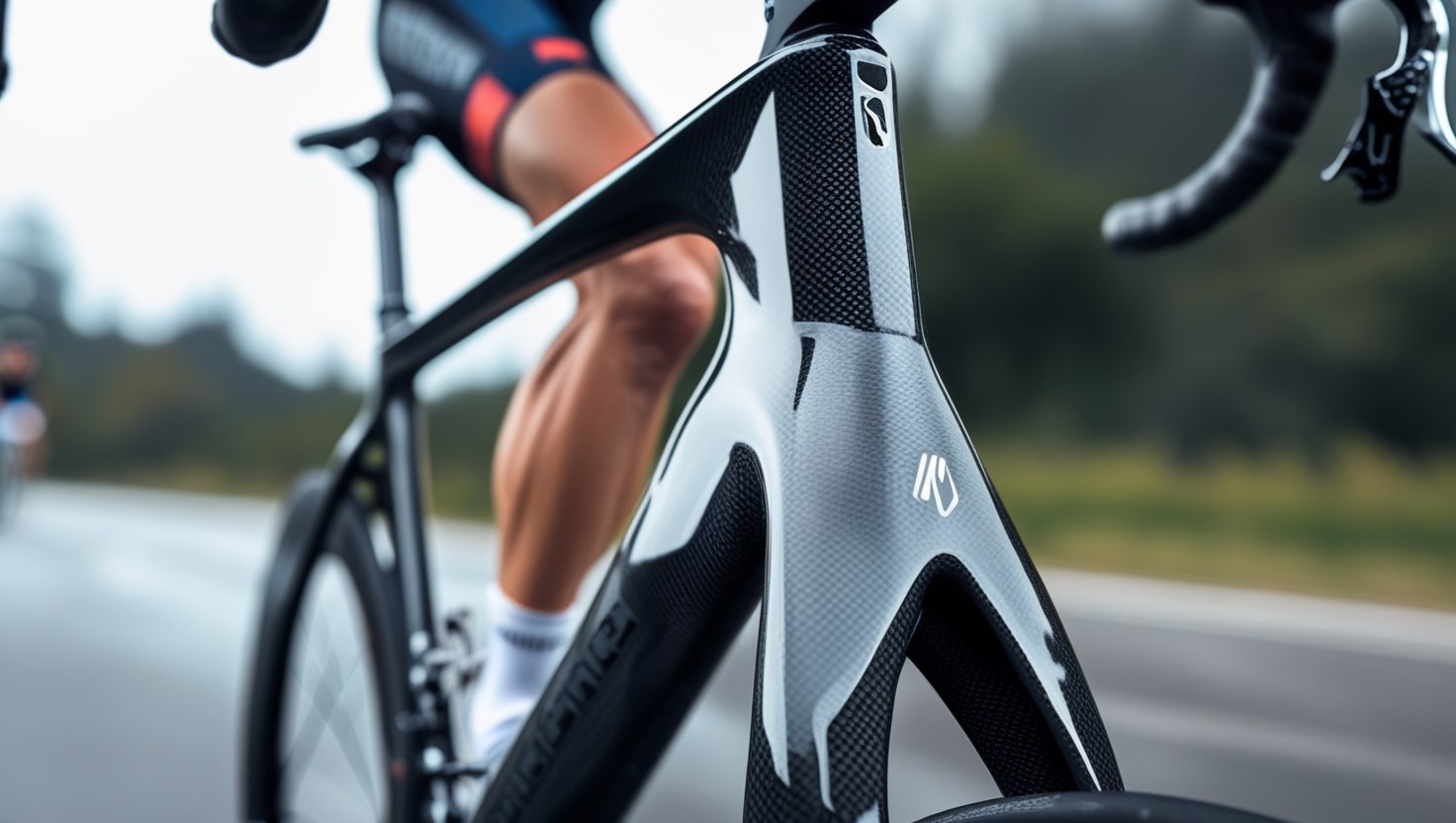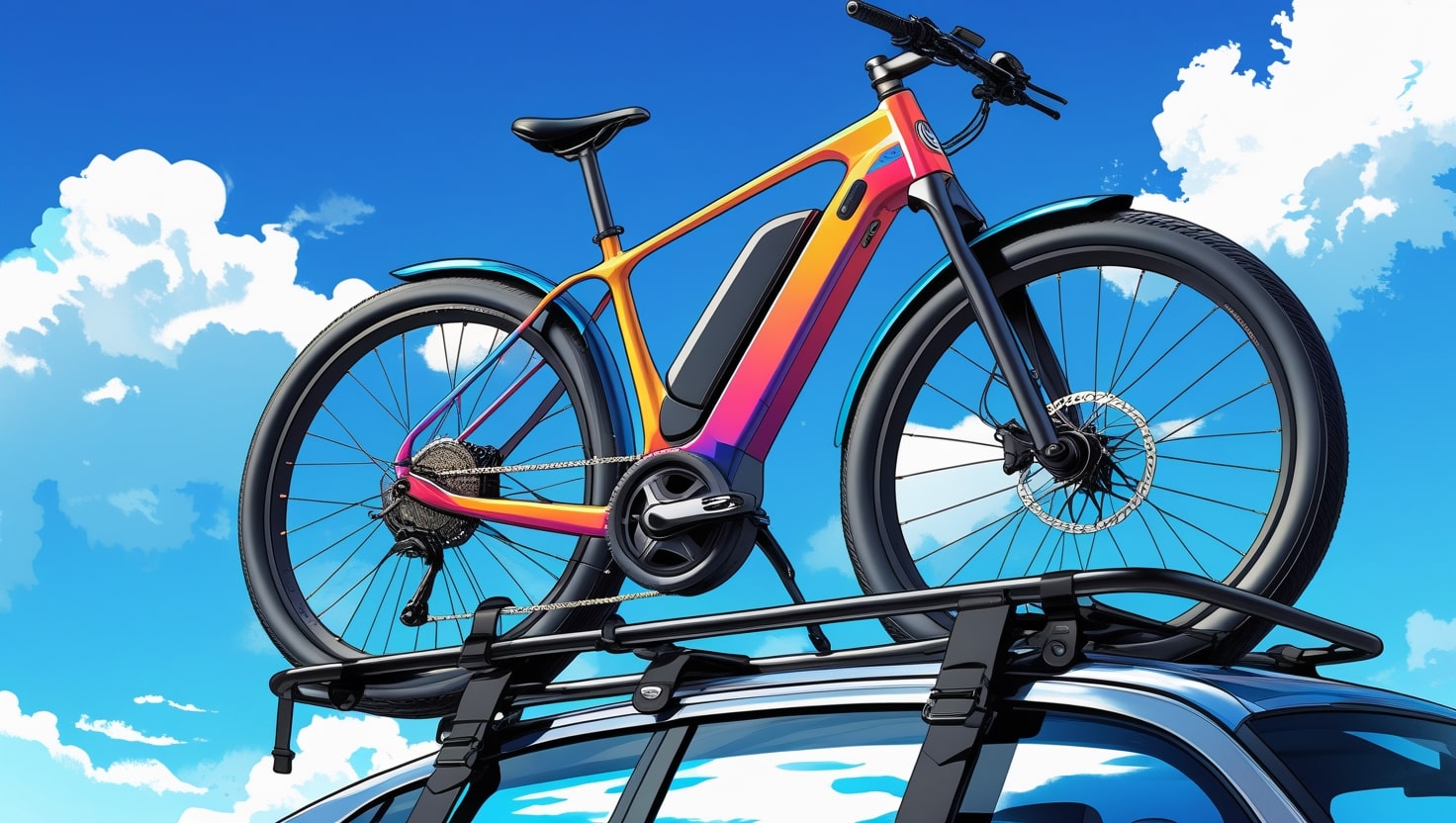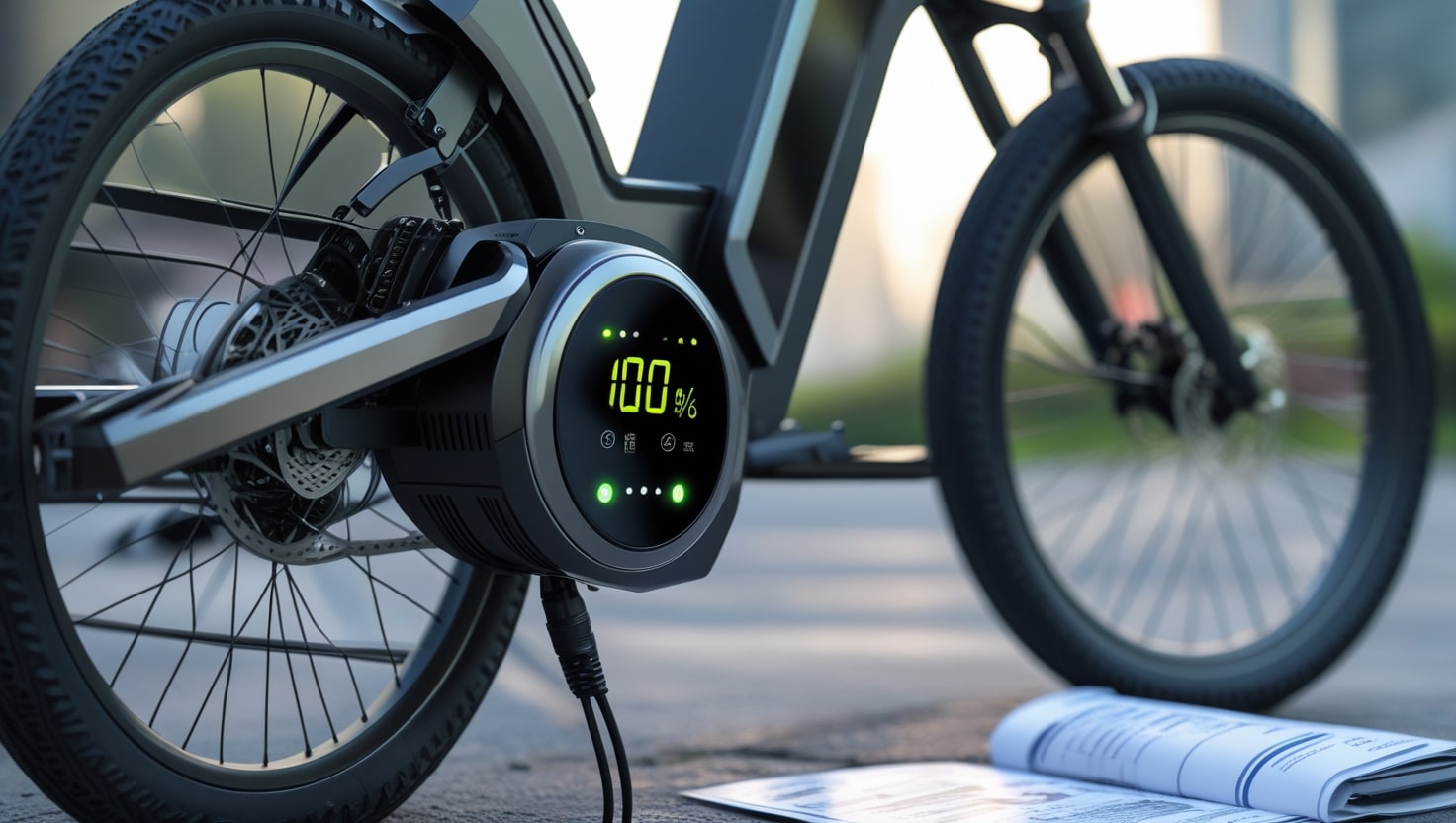The history of motorcycling is undeniably fascinating and deeply layered, but few movements have left a mark as distinct and influential as cafe racer culture. Born in the UK in the 1950s, this rebellious movement began with restless young people. riders driven by a passion for rock and roll and a passion for speed, creating a raw, underground culture on two wheels. As a young rider myself, I remember my first encounter with a vintage café racer—its raw aesthetic, stripped-down bike frame, and aggressive stance made it clear this wasn’t just a motorcycle; it was a statement.
The movement quickly infiltrated Europe and North America, giving rise to a new breed of motorcyclists who valued individualism, custom tuning, and a rebellious edge. Riding a two-wheeled machine with a rattling engine and the spirit of the fifties, we weren’t just part of a trend—we were living a piece of colorful motorcycling culture.
Today, the scene is still very much alive, with bikes roaring through city streets, carrying echoes of past adventures. It’s not just nostalgia—it’s a way to dominate the world of self-expression, standing apart from the crowd with unapologetic energy, a bit of reckless freedom, and timeless vibes.
Related: best bikes to build a cafe racer
History of Cafe Racers
By the 1960s, in Britain, the café racer scene had taken shape when brave motorcyclists began competing in unsanctioned races between local cafés and well-known city landmarks, pursuing both agility and adrenaline. What began as a rebellious thrill ride quickly grew into a bold subculture, where style wasn’t just about looks—it was about performance and attitude. Every build carries a distinctive style, and to ride one is to be part of a living story still echoing from the roads of Britain.
Style and Aesthetics
What sets a cafe racer apart isn’t just its performance but its unmistakable style—a blend of minimalist design and sleek lines that speak to pure function. The elongated fuel tanks, low-slung handlebars, and trimmed-down parts all serve a purpose, but they also define its aesthetics. I’ve always admired how custom builders like Walt Siegl and Shinya Kimura push creative boundaries, showing that great design is more than looks—it’s how the machine feels on the road. Their work has deeply influenced the culture, inspiring a level of creativity that turns every ride into a personal statement of speed and soul.

Rock 'n' Roll and Rebellion
The cafe racer movement has always carried a rebellious spirit, born from the raw energy of rock and roll and shaped by a deep relationship between sound and speed. There’s a unique synergy in the way the culture evolved—loud engines, louder music, and bold expressions of personal identity.
Riding through city streets on a stripped-down motorcycle, you feel the pulse of a past era, one driven by youth, grit, and untamed freedom. It’s not just about aesthetics; it’s about the connections we form, the values we share, and the powerful influences that turned this subculture into something truly vibrant.
Ties to Rock Music
Back in the 1960s, the rise of rock music wasn’t just changing what people listened to—it was shaping a whole youth culture. Bands like The Rolling Stones, The Who, and The Beatles weren’t only creating fresh sounds and styles, they were also deeply influencing a generation that was hungry for freedom, individuality, and rebellion.
That same attitude bled into the cafe racers scene, where stripped-down motorcycles symbolized a break from convention. The musical landscape and the growing cafe movement became part of the same cultural wave—loud, fast, and unapologetically bold.
Even today, you see the connection. Musicians like Billy Idol and Keith Richards have openly endorsed and ride these machines, seeing a strong parallel between the raw power of rock and the adrenaline-fueled experience of riding a cafe racer. It’s not just about the bike or the music—it’s about the energy behind it all, that shared feeling of being wild, creative, and completely untamed.
Rebellious Spirit
The cafe racer scene was never just about speed or style—it was a full-blown reaction to societal norms and rigid expectations. Young riders began customizing their motorcycles, stripping them down for high-speed runs between cafes, using their bikes as a way to challenge traditional values. This was more than just a trend—it was a statement of independence, a refusal to fit into the mold that society tried to impose.
The rebellious vibe wasn’t limited to the streets. It showed up on the screen too, in iconic figures like actor Steve McQueen, whose persona perfectly captured that rebel spirit. Deeply associated with the cafe racer culture, McQueen’s legacy helped shape the image of the nontraditional rider. His presence, reinforcing that nonconformist identity, made a lasting mark, turning motorcycles into more than machines—they became mirrors of the rider’s beliefs and attitude.

Influence on Fashion and Art
The cafe racer culture didn’t just reshape the streets—it made a lasting influence on fashion and art as well. From leather jackets, tight jeans, and rugged boots, a distinct uniform emerged, one that echoed the rebellious edge of rock and roll stars from that iconic era. You’d often see enthusiasts dressed in that bold attire, blending the spirit of speed with street-ready clothing and standout accessories. Even now, those vintage pieces carry a sense of identity that links directly back to the movement’s wild, defiant roots.
Beyond what we wore, the visual aesthetics of the motorcycles themselves inspired artists, designers, and creators across different platforms. The movement gave rise to bold branding, detailed artwork, and gritty posters that reflect the aggressive, sleek styling of the bikes. Clean lines, raw metal, and stripped-down beauty—these became themes in everything from graphic tees to gallery walls.
Community and Legacy
One of the most powerful parts of cafe racer culture is the deep community it creates—built on real passion and a sense of camaraderie that crosses generations. Whether it’s local clubs or large-scale events, the scene is full of riders who connect through their shared interests and love for the ride. I’ve been to small gatherings in back alleys and big meet-ups at famous venues, and every time there’s an open invite to share knowledge, swap stories, and just celebrate the spirit that makes this culture so alive. It’s more than a bike; it’s a bond that brings people together.
Related: What is a Naked Bike?

Iconic Models and Manufacturers
The cafe racer style has always inspired both independent builders and major manufacturers to create bikes that truly embody the spirit of this bold genre. These machines are known for their sleek lines and performance-oriented design, reflecting the raw aesthetics that make the culture so distinct. Over time, countless iconic models have contributed to shaping what we recognize as a true cafe racer motorcycle today.
Triumph Motorcycles
When it comes to cafe racer culture, Triumph has delivered some of the most classic and influential models in the scene. The Bonneville and Thruxton are standout examples of timeless design, combining raw speed with clean style that continues to inspire riders across generations. Named after the legendary Bonneville Salt Flats, where many land speed records were made, these bikes are more than machines—they’re a symbol of freedom and power. What makes them special is how they serve as a platform for custom builds, letting enthusiasts modify and personalize their rides to match their own taste.
Ducati
Ducati has made a bold mark in cafe racer culture with its SportClassic line, blending Italian flair and sharp engineering into machines that honor tradition while pushing forward. The GT1000 and the Paul Smart 1000 Limited Edition are standout models that played a key role in reviving and popularizing the style, catching the attention of a global community of riders and collectors. These bikes aren’t just about looks—they’re about performance, history, and attitude.
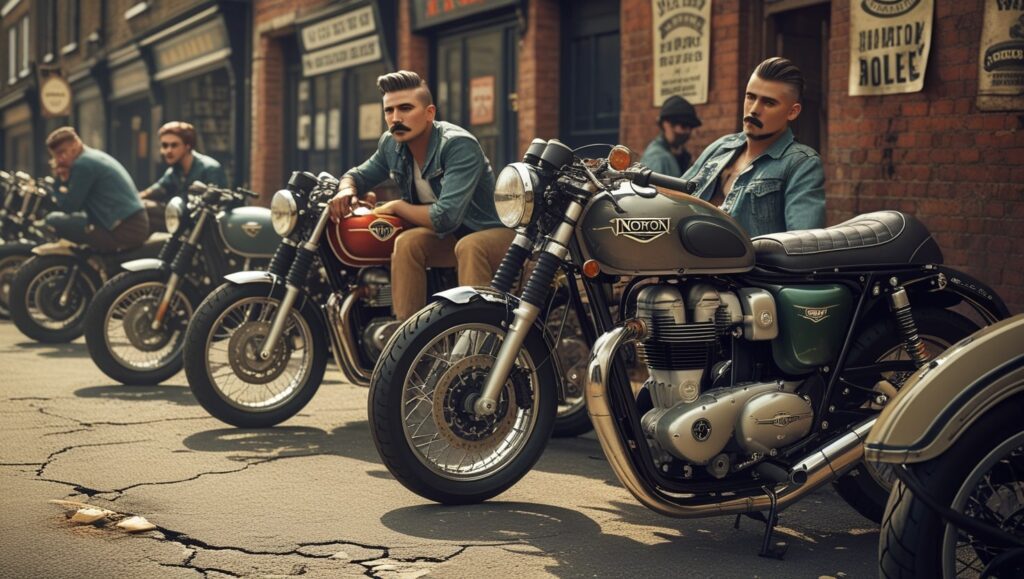
BMW Motorrad
BMW stepped into cafe racer territory with the R nineT Racer, a bike that blends classic design with modern performance and sharp styling. What sets it apart is its modular construction, which opens the door for full customization—ideal for riders who want something truly personalized. I’ve seen people transform this model with a mix of vintage nods and cutting-edge touches, creating something totally unique. The features are as functional as they are beautiful, and the experience of riding one hits that sweet spot between retro soul and contemporary precision.
Royal Enfield
Royal Enfield’s Continental GT 650 is a standout in the cafe racer world, perfectly capturing the spirit of the 1960s British scene while delivering modern performance and practical capabilities. Its vintage look and clean style offer a familiar nod to the past, yet it feels fresh and exciting on the road today. What I love most is how accessible it is—it provides a solid entry point for new enthusiasts looking to explore the cafe racer lifestyle without being overwhelmed.
Norton Motorcycles
When talking about cafe racer heritage, Norton holds a special place—especially with its Commando series, which has become a favorite among custom builders. The bike’s distinctive British design and strong racing pedigree make it a natural fit for the stripped-back aesthetic that defines this culture.
Independent Builders
While big manufacturers have shaped much of the cafe racer world, it’s the independent builders who often bring the most creativity and heart to the scene. Legends like Roland Sands, Walt Siegl, and Shinya Kimura have made remarkable contributions through their custom creations, each one reflecting not just skill but deep understanding of the ethos behind the style. Their work stands out for its bold design, unmatched craftsmanship, and truly innovative spirit that keeps the culture evolving.
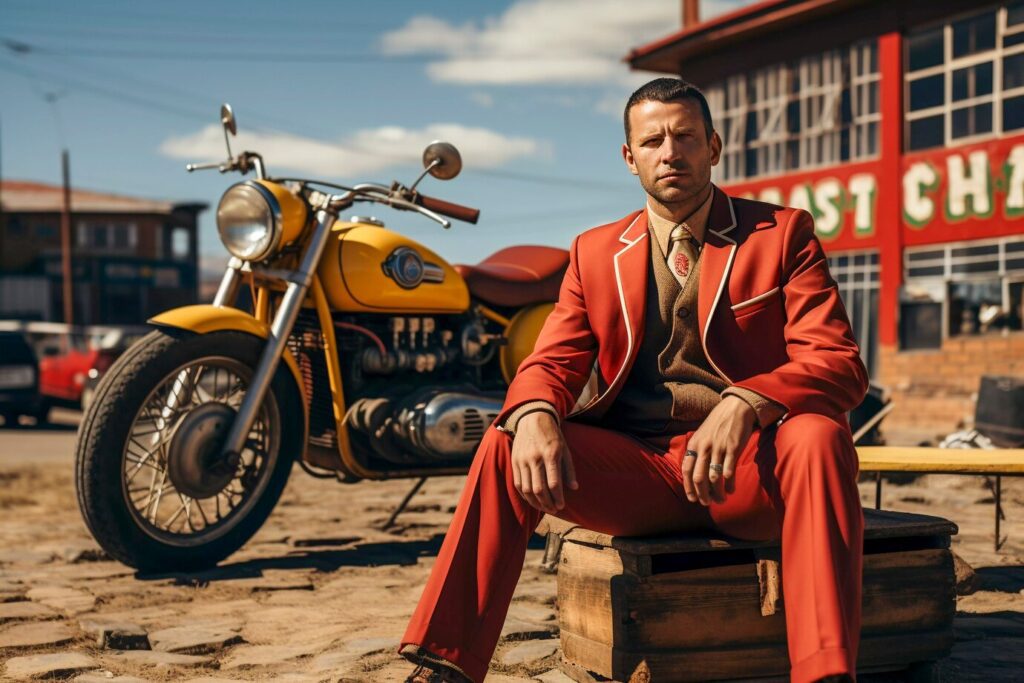
Modern Interpretations
The resurgence in popularity of cafe racer culture has inspired manufacturers to offer contemporary interpretations that honor the classic spirit while pushing boundaries. Brands like Yamaha with their XSR series and Kawasaki with the Z900RS Cafe have delivered modern bikes that successfully blend retro elements with cutting-edge technology. These machines stand out by integrating traditional styling and design cues with high performance and smart features, making them more than just throwbacks—they’re functional, stylish rides built for today’s roads.
The world of café racer bikes and their makers is vast and varied, showcasing a blend of personal taste, unique style, and cutting-edge technology. Spanning from legendary vintage models to custom creations, café racer is a vibrant and ever-changing part of motorcycle culture.
Related: Best Backpacks for Motorcycle
Cafe Racers Today
The cafe racer scene today is more vibrant and global than ever, with the culture continuing to thrive in both local communities and across various online platforms. Thanks to influential figures like David Beckham, the appeal of this subculture has expanded far beyond its roots, attracting a new wave of riders from all walks of life. It’s not just about a certain style of motorcycle, but a deep connection to an ethos that values individual freedom, expression, and a love for the open road.
Many builders and enthusiasts from younger generations are embracing the do-it-yourself spirit, bringing their own touch to every bike they work on. Whether it’s restoring something from the past or crafting a fresh take on a modern machine, each build carries a unique story. I’ve met seasoned mechanics and newcomers alike, all drawn to the romance and personal challenge of shaping a bike that reflects their own personality. This constant wave of inspiration and creativity has kept the movement strong, continually driving new iterations of what a cafe racer can be.
Today’s cafe racers are also shaped by innovative design, blending historical styling cues with speed, technology, and functionality. Some bikes stand as a symbol of rebellion; others, a piece of rolling art. Their relevance in the world of motorcycles remains essential, with the movement kept alive by notable personalities, rich storytelling, and the endless exploration of what this culture means in today’s world.
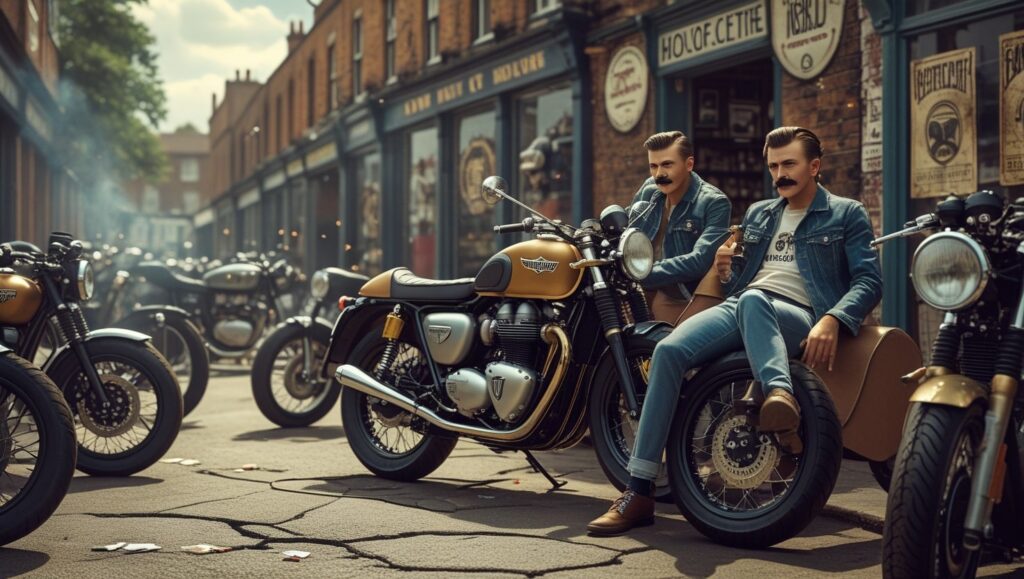
Café Racer Popularity in the USA and Europe
The café racer culture may have started on the streets of London, where drivers in cars and trucks once mocked the kids racing from one café to another trying to hit the ton—that is, a hundred miles an hour—but it didn’t take long for this rebellious tradition to spread. By the 1970s, both the UK and Europe had seen the rise of a passionate scene, with motorcyclists eager to dare each other to race and modify their bikes.
The concept soon reached the US, where the American bike building scene truly embraced it. Fueled by nostalgia and the desire for custom machines, this movement found a natural home across continents, and I remember the first time I saw an old Norton blasting down a back road in France—it felt like watching a piece of history in motion.
Today, the spirit is just as strong, with riders of all ages and walks of life crafting their own designs and taking part in local and global adventures. Whether it’s restoring a classic or building a one-off project, these machines are more than transportation—they’re personal statements.
The style has even gone beyond bikes, influencing motorcycle accessories, apparel, and full lines of retro-inspired gear. The aesthetics of the café racer world still hold firm in today’s garages, cafes, and backroads, proving that what began as an underground movement is now a celebrated and lasting part of motorcycle history.
The Thrill of Racing a Cafe Racer
There’s a unique thrill that comes with racing a cafe racer—a blend of rebelliousness, deep connection to the machine, and pure adrenaline-fueled action. Every rider who lines up for a race isn’t just chasing speed but tapping into a living tradition that goes back decades. The moment you twist the throttle, feel the wind hit your chest, and hear the roar of the engine, the excitement becomes real.
The raw power, the aggressive stance, and the sleek design of the bike all create a sensory overload that sticks with you long after the ride is over. I’ve felt that pulse every time I hit a stretch of open road, and it never gets old.
Imagine yourself leaning into a turn, gripping the handlebars tight as you navigate through twist after twist on a narrow track. The nimble nature of these motorcycles makes every movement count—quick maneuvers, cutting through corners with perfect precision, and responding instantly to your command. Each experience is a test of control, balance, and guts, and when you get it right, it’s absolutely exhilarating.
Related: Best Starter Motorcycle for a Woman

